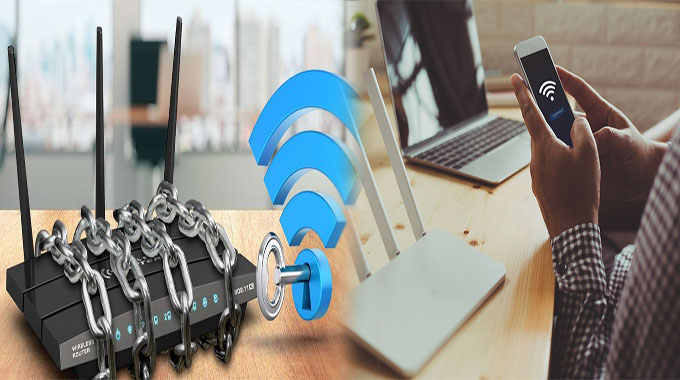Seven Must-Read Networking Basics Books
If you’re looking to improve your networking skills, there’s a lot of reading out there. While books are not the only way to learn, they can be extremely useful if you don’t have access to a formal program or can’t afford one. In this article, we’ve listed some great books that will help any professional—or aspiring professional—improve their networking skills with clear explanations and examples.
The Complete Idiot’s Guide to Networking Basics
The Complete Idiot’s Guide to Networking Basics is a comprehensive guide that will help you get started in the field of networking. It covers everything from how to build your own network and keep it running smoothly, to how best practices can be applied at home or at work.
The author has more than 30 years of experience in IT management and training, so he knows what he’s talking about when it comes to setting up networks for …














